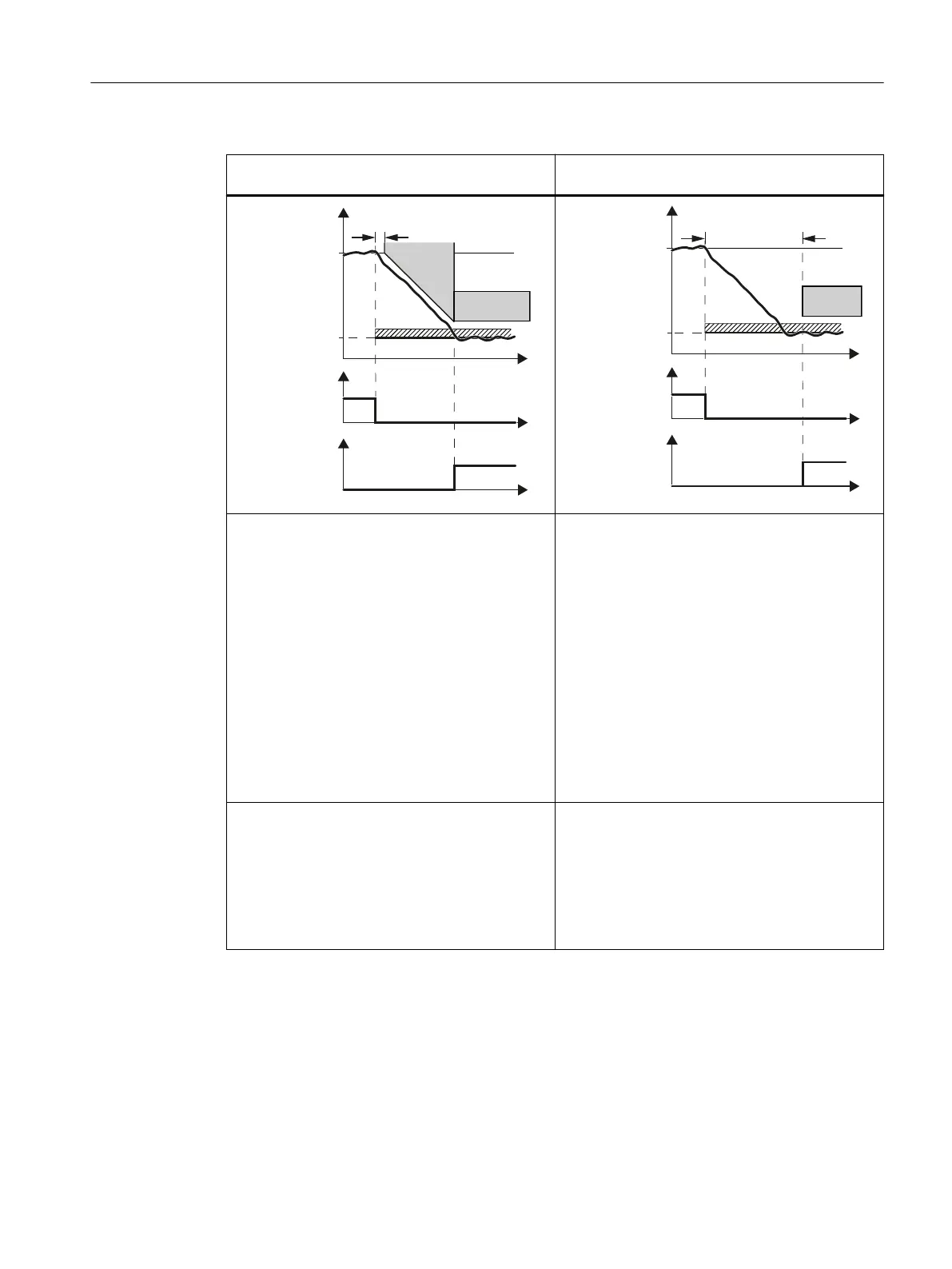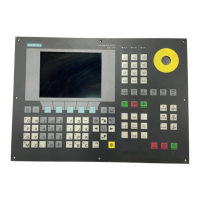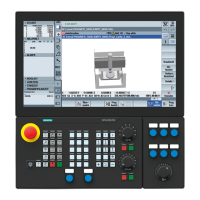With braking ramp monitoring
1)
(only without encoder)
Without braking ramp monitoring
(with or without encoder)
'HOD\WLPHIRUEUDNH
UDPS
/LPLWDWLRQ
6HWSRLQW
6/6GHVHOHFWLRQ
352),VDIHFRQWURO
ZRUG
6/6DFWLYH
)'2RU
352),VDIHVWDWXV
ZRUG
9HORFLW\
6%5
W
W
W
6/6
'HOD\WLPHIRU6/6
VZLWFKRYHU
/LPLWDWLRQ
6HWSRLQW
6/6GHVHOHFWLRQ
352),VDIHFRQWURO
ZRUG
6/6DFWLYH
)'2RU
352),VDIHVWDWXV
ZRUG
9HORFLW\
W
W
W
6/6
● After the adjustable "delay time for the braking
ramp", using the SBR (Safe Brake Ramp) func‐
tion, the converter monitors whether the veloc‐
ity decreases.
● The converter switches from SBR to SLS as
soon as one of the following two conditions is
fulfilled:
– The SBR monitoring ramp has reached the
value of the SLS monitoring.
This case is shown in the diagram above.
– After the actual velocity has reached the
value of the SLS monitoring threshold, the
system again waits for the "delay time for
braking ramp" until SLS becomes active.
● The converter monitors the load velocity after
the "delay time for SLS switchover" has ex‐
pired.
Advantages:
● Already when braking, the converter detects as
to whether the load velocity decreases too
slowly.
● The feedback signal "SLS active" generally
comes earlier than without acceleration moni‐
toring.
Advantage:
● Commissioning is simplified, because instead
of the subfunction SBR or SAM of the alterna‐
tive brake ramp monitoring, you only have to
set the delay time.
1)
The automatic reduction of the speed only takes effect when the ramp-function generator is
interconnected to the speed setpoint limitation.
Safety functions integrated in the drive
4.10 SLS
Safety Integrated (with SINAMICS S120)
Commissioning Manual, 02/2020, A5E46305916B AB 135

